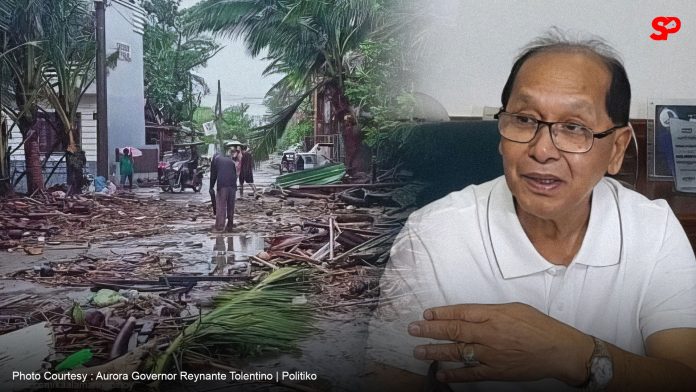By Michelle Ducut
The province of Aurora has been placed under a state of calamity following the destructive impact of multiple typhoons, including Typhoons Nika (international name Toraji) and Ofel (Usagi), as well as Super Typhoon Pepito (Man-yi). The Aurora Provincial Board approved the declaration during a session held at the provincial capitol, based on the recommendation of the Provincial Disaster Risk Reduction and Management Council (PDRRMC).
The PDRRMC reported damages amounting to PHP355.47 million in infrastructure, PHP51.89 million in agriculture, and PHP2.77 million in tourism and small businesses. Thousands of residents were evacuated across towns such as Baler, Dinalungan, Dingalan, and Dipaculao, with many still housed in evacuation centers.
Super Typhoon Pepito, which had sustained winds of up to 185 km/h and gusts reaching 230 km/h, brought significant rainfall and flooding as it traversed Luzon’s mountainous regions, including the Sierra Madre and Caraballo ranges. Earlier, Typhoons Nika and Ofel caused severe flooding and destroyed key flood protection infrastructure valued at over PHP320 million, leaving dozens of homes destroyed or damaged.
The declaration will allow the provincial government led by Governor Reynante Tolentino to accelerate recovery and rehabilitation efforts, as well as access emergency funds for affected communities. This is not the first time Aurora has faced similar challenges; the province, frequently in the path of typhoons due to its location, has a long history of weather-related calamities, particularly because of its proximity to the Pacific Ocean. These events highlight the vulnerability of Aurora’s communities and infrastructure to extreme weather patterns linked to climate change.

